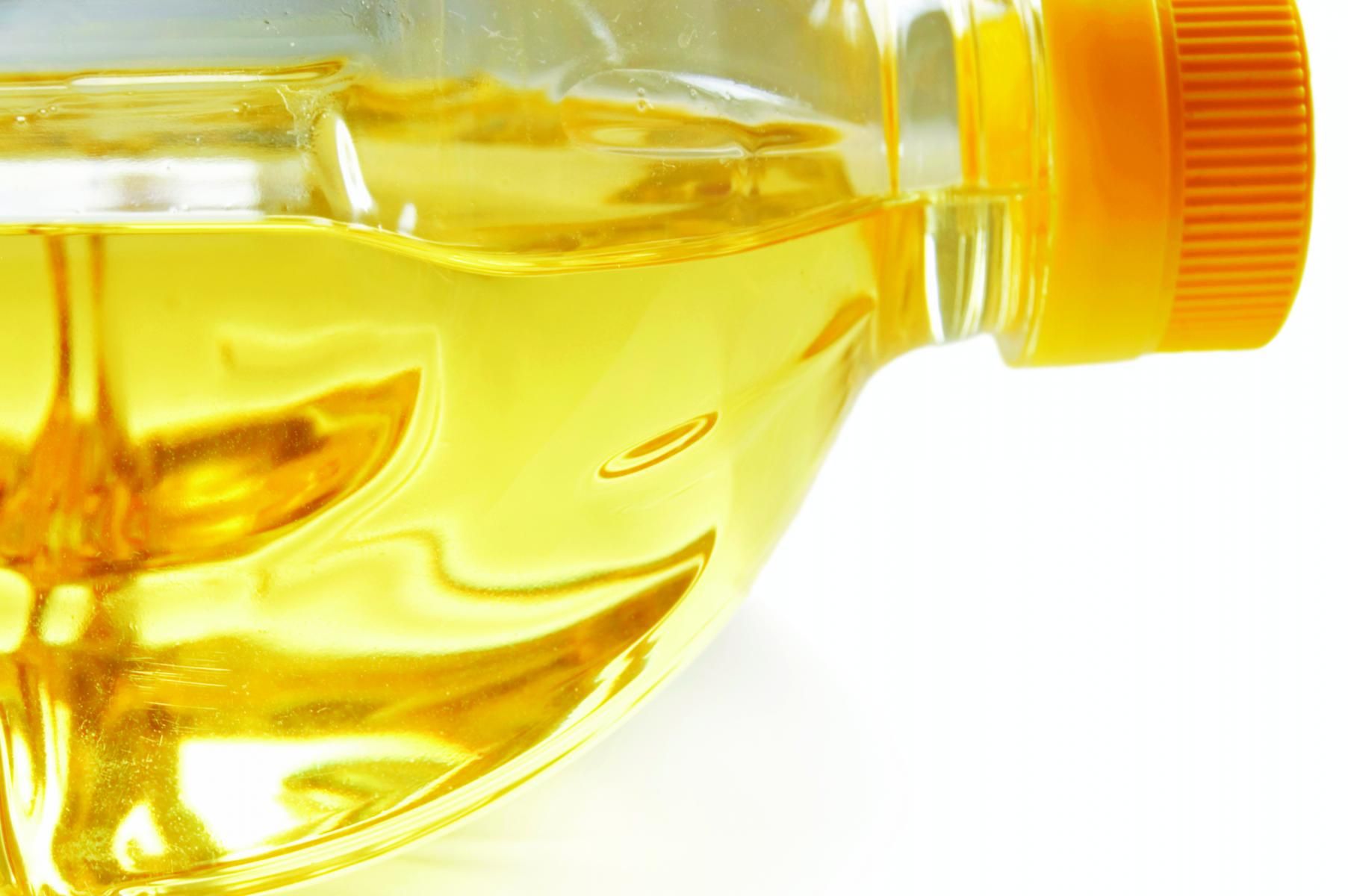Going Non-PHO with Ingredient Encapsulation
What are some challenges in switching to non-PHO coating systems for ingredient encapsulation?
Photo © iStockphoto.com/Smitt

FDA’s push to remove partially hydrogenated oil (PHO) from the American diet won’t just affect piecrusts and deep-fried fast food. Functional food and dietary supplement firms will now have to make sure their ingredient encapsulation systems are non-PHO as well.
Innovative Food Processors (IFP; Faribault, MN) met FDA’s announcement with the rollout of a range of non-PHO encapsulated food ingredients that are free from the PHO coatings that were formerly used to improve freeze-thaw performance. Instead, IFP is relying on process improvements and, in some cases, non-PHO modifiers such as fully hydrogenated vegetable oils, non-hydrogenated vegetable oils, and/or emulsifiers, to replace PHO in coating systems.
“Knowing that PHO reformulating was coming, IFP developed several new coating systems, so we are very confident in the performance of our proven non-PHO coating systems,” says Walt Zackowitz, marketing director of specialty ingredients, IFP. “These new specialty ingredients will allow functional food and nutrition formulators to confidently move to non-PHO encapsulated ingredients and ensure meeting quality and performance and performance standards.”
Challenges of Going Non-PHO
For about 35 years, PHOs have been used as coating modifiers for encapsulated food ingredients, says Tom Tongue, research and development director, IFP.
“In those early years of encapsulation, the most common way to increase protection from moisture and stress was to add more coating,” says Tom Tongue. “In some application conditions, coating oils become brittle, increasing fracturing and exposing the active ingredient.”
Since first commercializing PHO replacement ingredients five years ago, Tongue says IFP has used process improvements that allow for more layers of coating with little or no use of modifiers.
“When process improvements alone are not sufficient to survive a customer’s specific stress conditions, IFP’s coating modifiers include, but are not limited to, fully hydrogenated vegetable oils (soy, cotton, palm) as well as non-hydrogenated vegetable oils and/or emulsifiers,” says Tongue.
Transitioning to IFP’s non-PHO coating systems should not change the color, taste, or functionality of an ingredient, says Tongue, but there are still some challenges for companies making the switch away from PHO coating modifiers.
“For customers who have not made the transition, the barrier has typically been the cost of evaluating and approving alternate ingredients, and changing packaging labeling ingredient statements,” says Tongue. “Proven functional alternative coatings are typically available for most conditions and regulatory requirements, with testing and approving remaining to be accomplished.”
Costs may also be lower when switching to IFP’s non-PHO coating systems, due to improved coating flexibility and barrier properties that allow for a reduced percent of coating, says Tongue.
Salt, citric, fumaric, malic acid, tartaric acid, caffine, ascorbic acid, and sodium bicarbonate are some of the ingredients and nutraceuticals now available from IFP with non-PHO encapsulation.
Read more:
New Stability Data on Unique Encapsulated Vitamin K2
Researchers to Take Probiotic Microencapsulation to Next Level
Encapsulating Nutrients with Pea Protein
Michael Crane
Associate Editor
Nutritional Outlook Magazine
michael.crane@ubm.com
HHS announces restructuring plans to consolidate divisions and downsize workforce
Published: March 27th 2025 | Updated: March 27th 2025According to the announcement, the restructuring will save taxpayers $1.8 billion per year by reducing the workforce by 10,000 full-time employees and consolidating the department’s 28 divisions into 15 new divisions.










